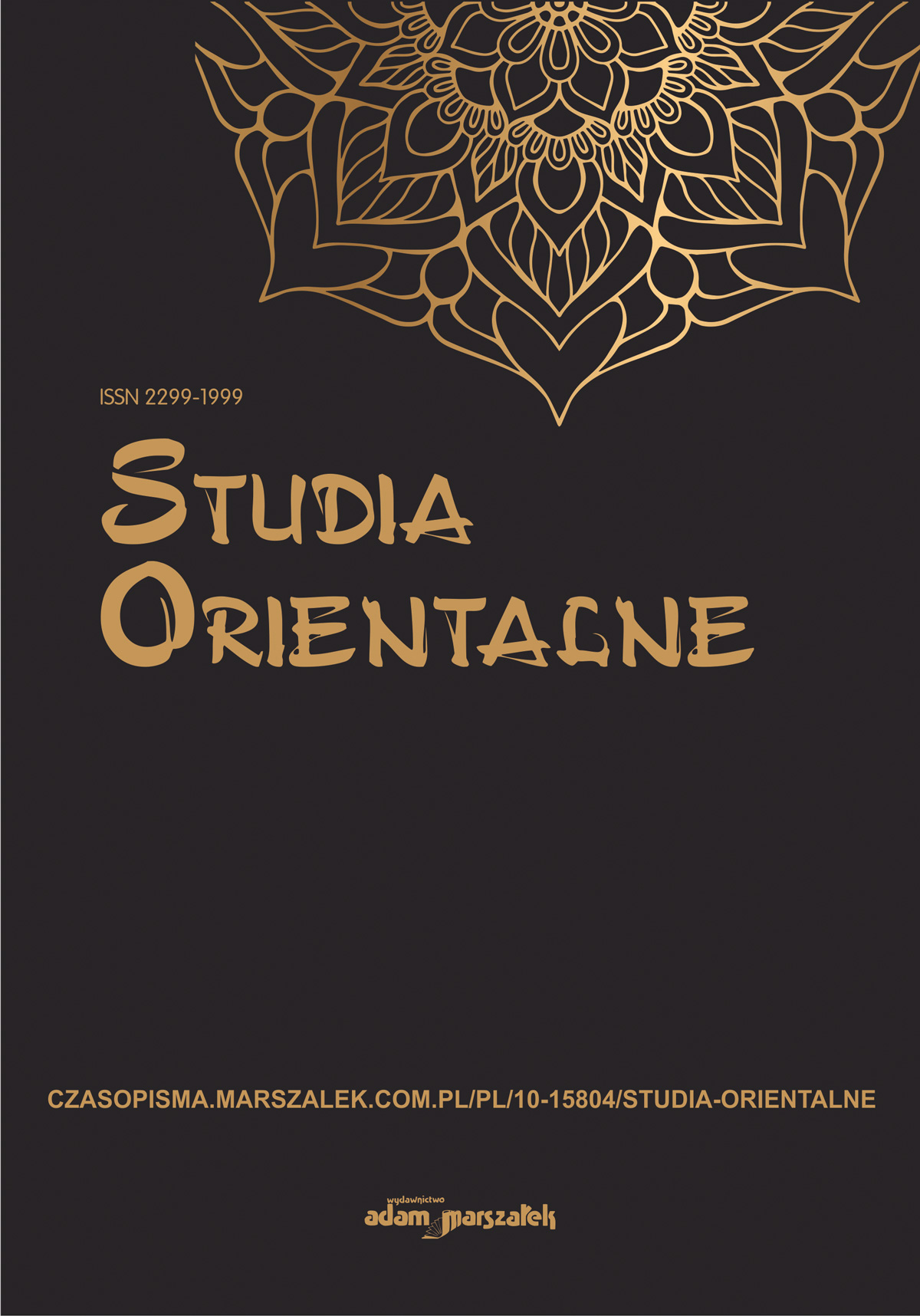On the History of the Population and Territorial Issues of the Gazakh Region of Azerbaijan
On the History of the Population and Territorial Issues of the Gazakh Region of Azerbaijan
Author(s): Jamal M. MustafayevSubject(s): Political history, Social history, Inter-Ethnic Relations, Geopolitics, Peace and Conflict Studies
Published by: Wydawnictwo Adam Marszałek
Keywords: Azerbaijan; Gazakh; region; tribe; population; Hun; Kipchak; sanjak; county;
Summary/Abstract: The Gazakh region, located in the basin of Agstafa and Kura rivers in the northwest of Azerbaijan, was inhabited by the Gazakh tribe, which was part of the Hun tribal union from the first centuries of our era. The greater influx of the Gazakh tribe, which gave its name to the north-western region of Azerbaijan, took place in the XI–XII centuries at the invitation of the Georgian tsars who tried to free themselves from Seljuk dependence. During this period, the Gazakh tribe, which was part of the large Kipchak tribal union, lived in a part of the Kuban steppes. That area was called ‘Gazakhia’ after the name of the Gazakh tribe. Tens of thousands of Gazakhs who came to the South Caucasus at the invitation of the Georgian tsars settled in Georgia and converted to Christianity, while the other part began to live in the present-day Gazakh and Borchali regions. The Gazakhs living in the latter areas have preserved their national identity by mixing with their compatriots since the early Middle Ages. The Gazakh region, a part of the Safavid province with the status of a county, came under the influence of the Kartli-Kakheti kingdom in the second half of the XVIII century. During this period, a large part of the Gazakh tribe, who did not want to live under the rule of the Georgian tsars, moved to Ganja, Karabakh, Iravan khanates and the eastern provinces of Turkey.On the History of the Population and Territorial Issues of the Gazakh Region of Azerbaijan
Journal: Studia Orientalne
- Issue Year: 26/2023
- Issue No: 2
- Page Range: 72-82
- Page Count: 11
- Language: English

